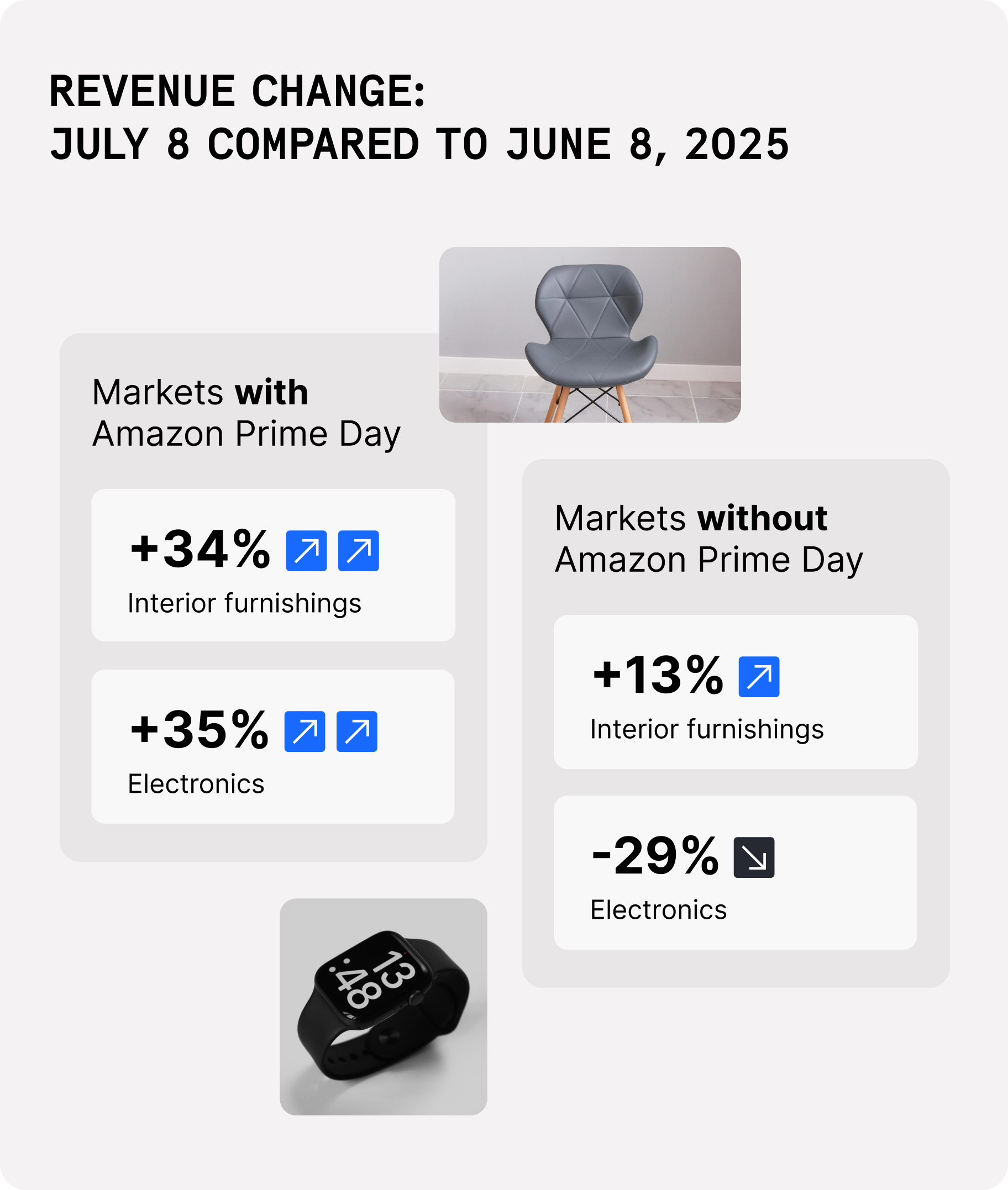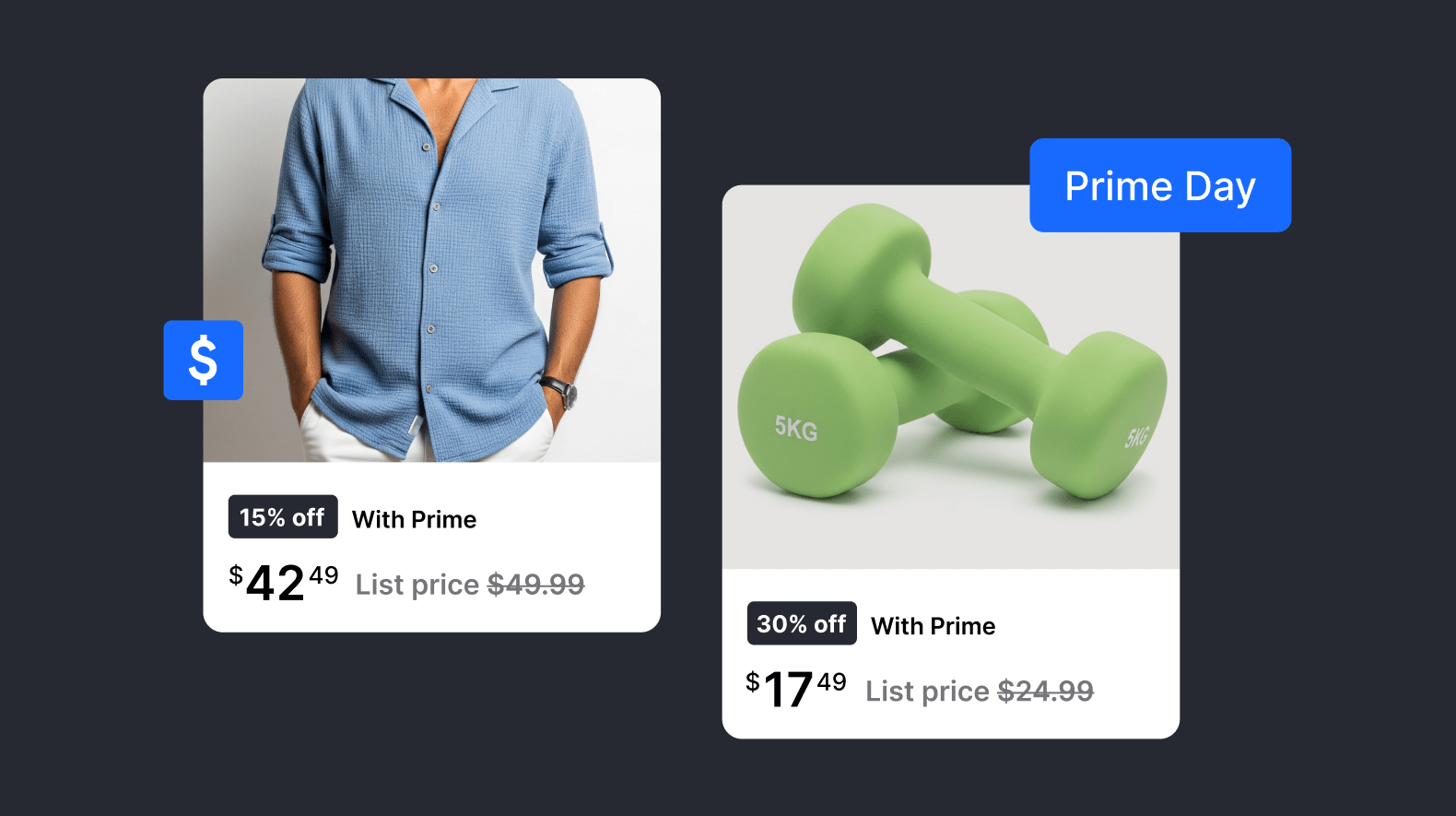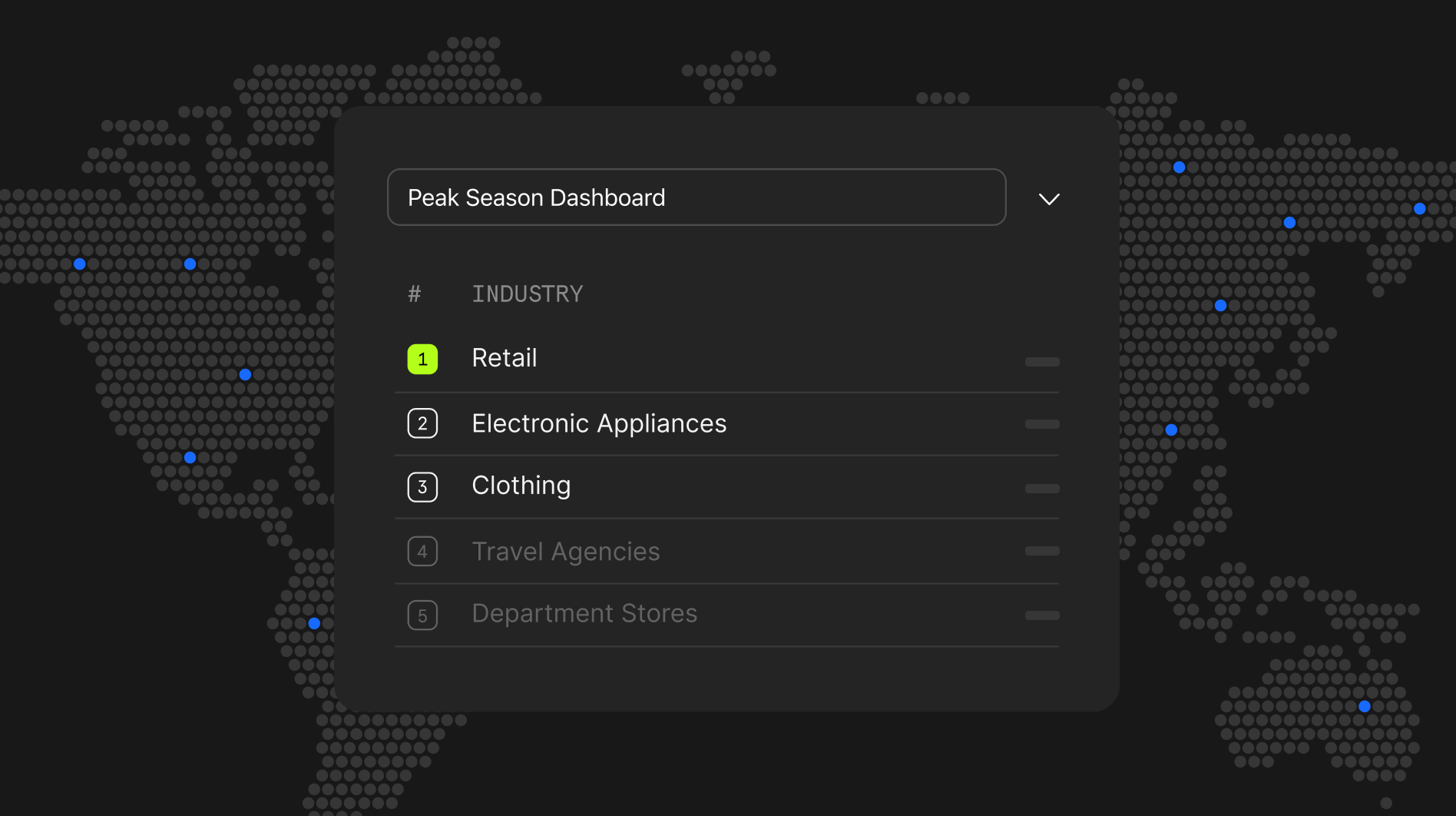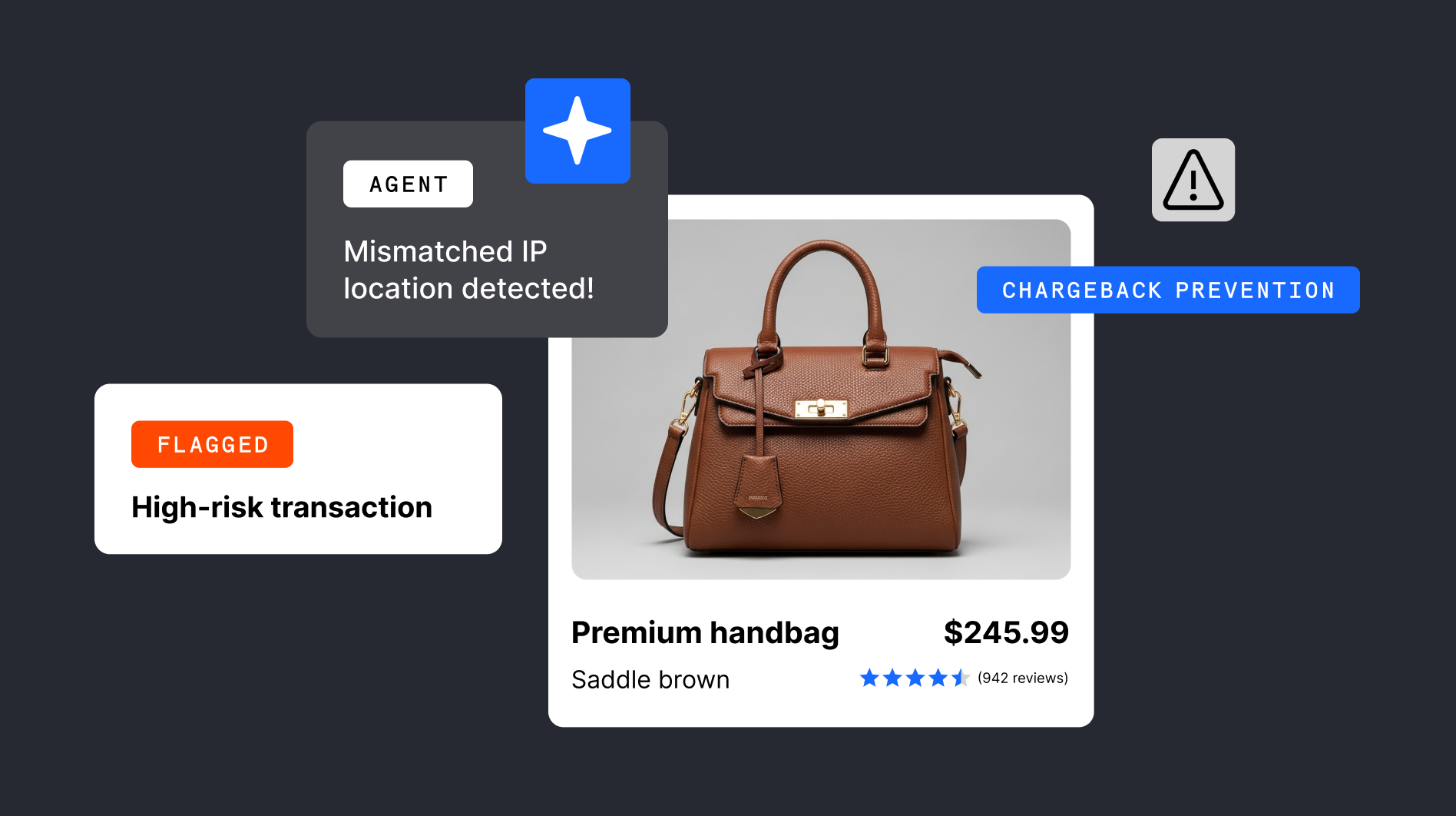You might think Prime Day sales, held over July 8-11 this year, would only impact the revenue flows for Amazon. But data analysis from Checkout.com shows knock-on effects on sales for other online businesses over this same period, too. In fact, we recorded a 9% spike in revenue on the first day of Amazon Prime for merchants in certain lines of business compared with the same date the month prior. Clearly, consumers are primed to buy online during this time.
Shoppers rushed to some product categories more than others. Electronics saw the biggest boost, with a 35% jump in revenue for online merchants in countries where Amazon Prime Day sales took place. Interior furnishings spiked 34%. This shows consumers looking for higher-priced items are waiting for that all-important sales season to make their purchase.
Merchants can make the most of the sales period by following where the data leads. Let’s map that path together.

Where does Amazon Prime take place?
In 2025, Amazon Prime Day took place in 26 countries: Australia, Austria, Belgium, Brazil, Canada, Colombia, Egypt, France, Germany, Ireland, India, Italy, Japan, Luxembourg, Mexico, the Netherlands, Poland, Portugal, Saudi Arabia, Singapore, Spain, Sweden, Turkey, the United Arab Emirates, the US, and the UK.
Amazon Prime Day bucks seasonal sales trends
By comparing product category revenue in this set of countries with countries where Amazon Prime Day isn’t on offer, we can show the impact of the event more clearly.
Electronics merchants’ sales actually dropped by 29% in non-Amazon Prime Day markets on July 8. But the opposite took place in the countries where consumers saw Amazon Prime Day marketing: in those markets, consumers spent 35% more at online electronics merchants (excluding Amazon) on the first day of the event, compared with the same date in June. This indicates Amazon Prime Day sparked an electronics shopping frenzy.
We saw a similar effect in the category of interior furnishings. In countries without Amazon Prime Day, revenue for interior furnishings only rose 13% on July 8 (compared with June 8). That compares with a 34% rise in countries with Amazon Prime Day. In other words, sales in Prime Day countries grew more than two and a half times faster than in non-Prime Day markets – a difference of 21 percentage points.
What are the reasons for customers spending to change during this time?
It’s worth paying attention to big online sales events that happen to big brands – your customers certainly are. There was a clear shift in consumer behavior in the second week of July this year, and that’s likely due to a change in mindset.
You may assume that being near the beginning of the month has the advantage that most consumers have been paid their salary a few days earlier. However, we have controlled for this influence by comparing July’s revenue with exactly the same calendar dates in June. This means the difference in spending has nothing to do with the time of the month – it’s really the month itself that’s showing the difference.
Let’s look at the regional spending trends.
North America
In the US, Walmart offered six days of discounts beginning on July 8, the same date as the first Amazon Prime Day. Similarly, Target Circle Week ran July 6 through July 13, with the general goods brand positioning it as the “biggest sale of the season” offering deals in-store and online.
Tech retailer Best Buy ran a “Black Friday in July” discount event online and in-store over July 7-13 in the US. However, its Canadian sales event – named “Black Friday in Summer” came to an end on July 3, which seems somewhat unrelated to Amazon Prime Day.
Europe
In addition to several online sales events running during this time, the UEFA Women’s European Championship (known as the Euros) football tournament took place. This likely contributed to boosted electronics sales, as sports fans tuned in to watch the matches and commentary broadcasts.
Bol.com, one of the largest online retailers in the Benelux region, is sometimes referred to as the Amazon of The Netherlands. Selling a wide range of product categories, the European merchant held a sale of up to 55% off in July. MediaMarkt, a large German retailer of tech appliances, ran a members-only discount event from June 26 to June 30. That’s two weeks earlier than Amazon Prime Day.
In France, sales can only take place during two defined periods in winter and summer; the Soldes d’été (Summer Sales) period is legally mandated from June 25 to July 22. It applies online as well as in-store.
The UK
Let’s drill down even deeper into the details. Amazon Prime Day is a four-day event, and it’s the first day that saw the most noticeable spending hike, according to our data.
In terms of the times of day, this seemed to reflect regional working patterns. For example, peak shopping time on the first day (Tuesday) was 7-8pm in the UK; then on Friday, we observed another intense spending period at 9am-12pm. This finding mirrors research that office attendance is highest on Tuesdays, indicating that consumers with office jobs feel uncomfortable shopping online at their desks, and wait until they get home before logging on. By contrast, with Friday often a “work from home” day, Brits are hitting the digital checkouts on the morning of the final day in the Amazon sale period.
Clearly, strategy matters when it comes to timing of your discounts and marketing. Let’s explore this, next.
Should you try to match Prime Day deals?
This year’s Amazon Prime Day drove a huge 30.3% growth in online spending year-over-year in the US. It’s with good reason that many major merchants chose to join the hype and ran sale events of their own. That said, we couldn’t find any major retailers offering to price-match Amazon Prime Day deals. Competitors usually opted to run their own sales events, either during or prior to Amazon’s.
This shows the importance of timing your own sales events around seasonal opportunities and flashpoints in mass culture. Our data proves how timing matters: you’ve got to get your deals right on the first day of the major sales events, as it’s the best opportunity to capture customers’ increased spending. Major merchants Target and Best Buy even started their sales a day early, perhaps to capture consumer spending before shoppers had a chance to spend on Amazon Prime Day.
That said, our data suggests a cautious approach is needed, as certain categories of goods may be less likely to succeed than others. We found revenue from clothing and general retail dipped overall in countries where consumers could access Amazon Prime Day deals. This indicates fashion brands (and others) missed the chance to win customers distracted by appealing deals elsewhere. Depending on price points and brand priorities, merchants may choose not to outcompete Amazon on depth of discounts.
Assessing the appeal of Amazon Prime Day
Amazon Prime Day is, of course, a member-only event, meaning only those customers signed up to an Amazon Prime subscription can access the discounted prices. Given the membership pricing ($139 annually in the US; £95 in the UK; €89.90 in Germany, AED 140 in the UAE) there’s a strong incentive to log on and start buying. There’s a strong play for customer loyalty, here. Walmart followed a similar strategy, allowing early access to its deals for Walmart+ members the evening before the public sales event began.
Although we can’t say for sure what’s behind the spending increase, these factors are likely at play:
- Amazon ramps up marketing for its Prime Day deals ahead of the event, which could trigger greater interest in online shopping more broadly. Similar advertising from Walmart, Best Buy and Target – promoting their own events – could also have added to the effect in the US.
- Many mark the Amazon Prime Day dates in their mind, so they’re more willing to spend in general during this time.
- It’s a time of discounts, meaning spend-savvy consumers are motivated to find the best deal possible, which could mean going to another marketplace or directly to a brand.
- Customers may find inspiration on Amazon and then look for a similar product on another site.
Learn more: Ecommerce trends shaping Peak Season sales this Black Friday and Cyber Monday
What are the takeaways for merchants?
Your customers are influenced by the sales seasons happening all over the web. As online shopping becomes increasingly popular, you need to stay alert to the marketing campaigns around discount events on brands that compete with yours. Only then can you truly understand your customers’ point of view, and the way their spending habits change according to seasonal sales event.
While a spending spike of 9% on Amazon Prime Day is certainly sizable, it’s not as big as Black Friday – which can see 28% more spending than any other day in the year. Even so, the lesson is this: your customers are ready to spend at particular flash points, and you’ve got to be ready.
When it comes to winning customer spend, payments can be more important than you think. Almost half (45%) of customers won’t retry a payment if it’s wrongly declined just once. Even more worryingly, 39% of consumers would purchase the same item from a different site. In that scenario, you’re really pushing your customer towards your competitor.
Not only could you lose that sale, but the customer may never come back. Indeed, two in five (42%) consumers would be put off from returning to a website or app in that situation, too.
















.png)
